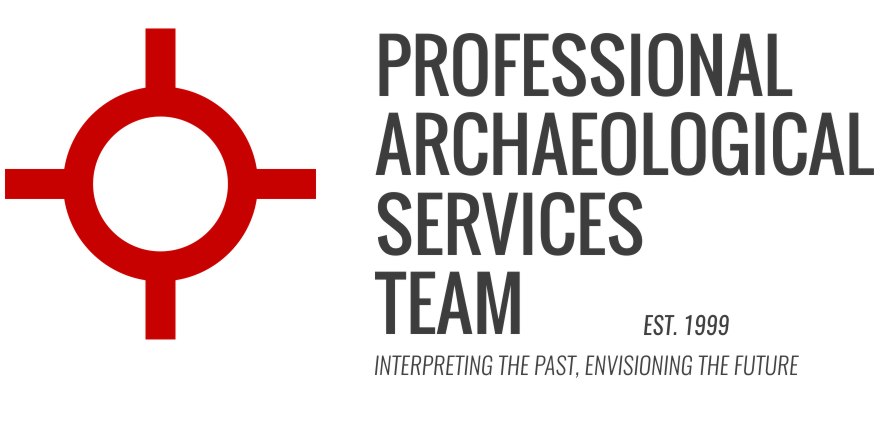PAST Projects
-
Warren G. Harding Home Former Kitchen Wing (33-MN-147)
When Warren G. Harding ran for president in 1920, he ran his entire campaign from his home in Marion, Ohio. It was known as the Front Porch Campaign. In preparation for the campaign, the home was substantially renovated and modernized. The renovations in 1920 included the full remodeling of the second floor bathroom, the redecorating of the Library and Parlor, and the construction of an addition onto the kitchen.The project was conducted for the Ohio History Connection and was successful in identifying the foundation of the former 1920 wing addition. The intact foundation was found to be a poured concrete base that was topped by concrete block. The outline of the foundation encloses a 12ft by 12ft area. In addition to the foundation the test unit excavations resulted in the identification and/or recovery of 10,282 historic artifacts, three prehistoric artifacts and several features associated with former structural features. These features relay significant information on the former kitchen wing and/or use of the rear yard area. -
Pettigrew/Taylor Maple Sugar Camp (33-MY-819)
During the 18th and into the late 19th century maple sugar was the primary sweetener used by American families in food preparation. Maple sugar processing was an integral part of the activities of the operations of farmsteads in the Midwest, Northeast,and Great Lakes regions during this period. The excavations at the Pettigrew/Taylor Maple Sugar Camp (33-MY-819) provided archaeological perspectives and findings on a topic which is terribly under reported. -
Settler's Ridge (33-AS-32)
An Early Woodland upland encampment ca. 780 to 390 B.C. The investigations recovered a total of 6,624 artifacts (6,092 FCR, 401 lithics, and 131 prehistoric Leimbach Style pottery fragments). A total of 20 cultural features were uncovered that include 17 post molds and three basin shaped pits. -
Yellowbush Creek Camp Site (33-MS-29)
A late Late Archaic seasonal base camp associated with the Maple Creek phase located on a terrace beside the Ohio River near the Village of Racine in Meigs County, Ohio. Carbon testing from the site yielded a calibrated date range between 1916 B.C. and 1290 B.C. with a secondary Late Woodland to Late Prehistoric component also present. Excavations at the site resulted in the recovery of a total of 16,735 prehistoric artifacts that included 13,505 FCR, 2,943 debitage, 76 formed artifacts (e.g. cores, blanks, biface fragments), 126 tools, and 85 pottery fragments. -
President's Club (33-DL-1315)
An Early Woodland upland base camp ca. 880 to 400 B.C. in Delaware County. The investigations recovered a total of 8,689 artifacts (4,729 lithics, 3,844 FCR, and 116 prehistoric pottery fragments). A total of 24 cultural features were uncovered that include 17 post molds and seven basin shaped pits. -
Clarkson Mine (33-Bl-333)
An eastern Ohio coal mine complex dating to the 1910s to 1920s. Of particular interest is the findings of depositional patterning around residential structures that revealed the influence of architecture on where and how items were deposited on the land surface. The ceramic and faunal assemblage were analyzed and provide significant details on socioeconomic attributes associated with the workers or staff.

